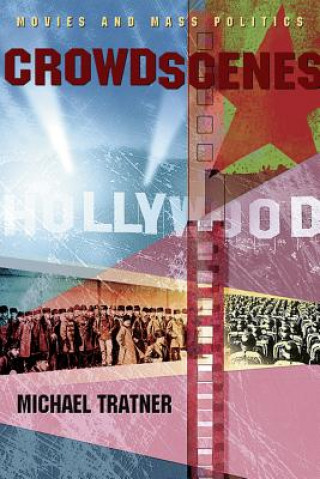
Doručení
Nákupní rádce





Nehodí se? Vůbec nevadí! U nás můžete do 30 dní vrátit
 Dárkový poukaz
V libovolné hodnotě
Dárkový poukaz
V libovolné hodnotě
S dárkovým poukazem nešlápnete vedle. Obdarovaný si za dárkový poukaz může vybrat cokoliv z naší nabídky.
Crowd Scenes
 Angličtina
Angličtina
 287 b
287 b
30 dní na vrácení zboží
Mohlo by vás také zajímat


The movies and the masses erupted on the world stage together. In a few decades around the turn of the twentieth century, millions of persons who rarely could afford a night at the theater and had never voted in an election became regular paying customers at movie palaces and proud members of new political parties. The question of how to represent these new masses fascinated and plagued politicians and filmmakers alike.Movies seemed to speak directly to the masses, via a form of crowd psychology that bypassed individual personality. Many political commentators believed that movies were inherently aligned with the new forms of collectivist mass politics - indeed, government control of the movie industry became a cornerstone of Communist and Fascist regimes, new political movements that embraced the crowd as the basis of social order.Michael Tratner examines the representations of masses - the crowd scenes - in Hollywood films from "The Birth of a Nation" through such popular love stories as "Gone with the Wind", "The Sound of Music", and "Dr. Zhivago". He then contrasts these with similar scenes in early Soviet and Nazi films. What emerges is a political debate being carried out in filmic style. In both sets of films, the crowd is represented as a seething cauldron of emotions. In Hollywood films, this is depicted as molding private loves, while collectivist movies present it as turning into organized mass movements. Crowd scenes do more than provide backgrounds for stories, that is: they also function as models for the crowd in the theater.The book concludes with an examination of the films of Fritz Lang, who first in pre-Nazi Germany, then in Hollywood, created movies that can be seen as meditations on both these ways of using the crowd.
Informace o knize
 Angličtina
Angličtina




 Jak nakupovat
Jak nakupovat

















